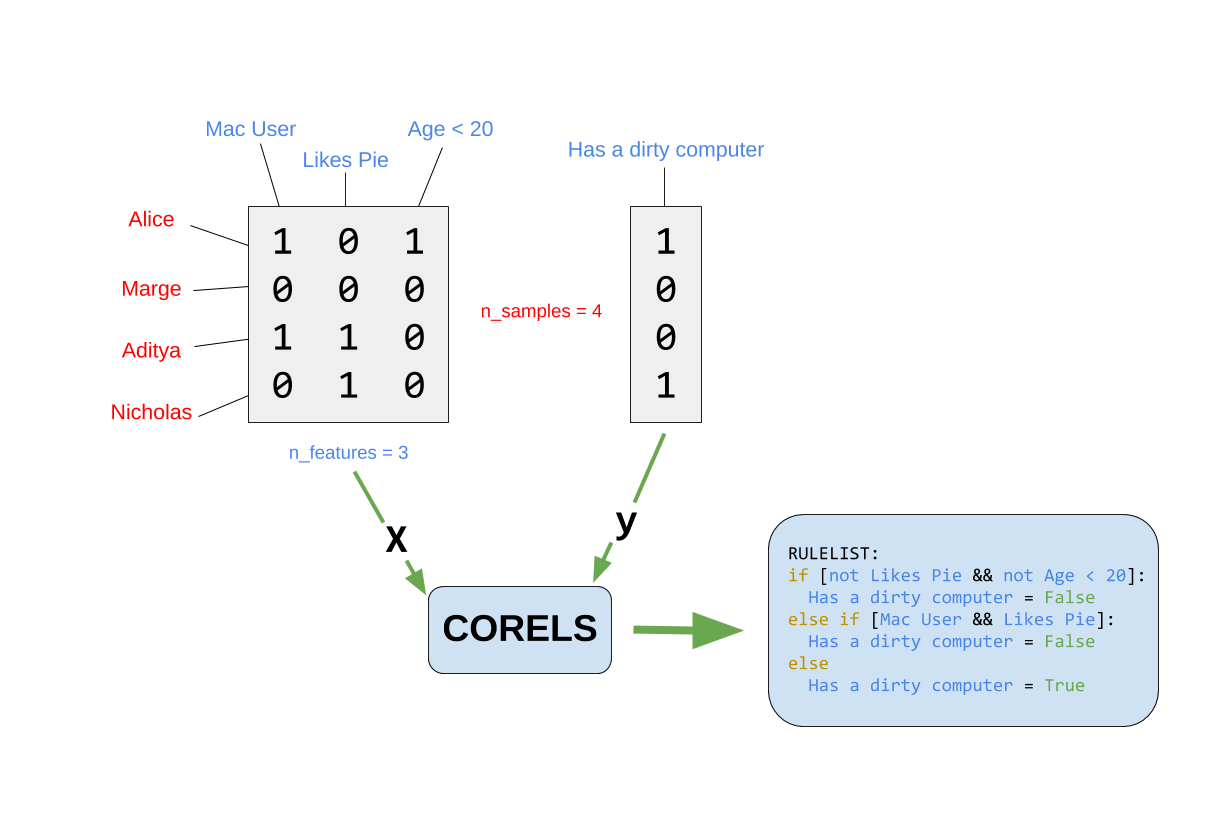Interpretable classifiers using rules and Bayesian analysis: Building a better stroke prediction model
We aim to produce predictive models that are not only accurate, but are also interpretable to human experts. Our models are decision lists, which consist of a series of if...then... statements (e.g., if high blood pressure, then stroke) that discretize a high-dimensional, multivariate feature space into a series of simple, readily interpretable decision statements. We introduce a generative model called Bayesian Rule Lists that yields a posterior distribution over possible decision lists. It employs a novel prior structure to encourage sparsity. Our experiments show that Bayesian Rule Lists has predictive accuracy on par with the current top algorithms for prediction in machine learning. Our method is motivated by recent developments in personalized medicine, and can be used to produce highly accurate and interpretable medical scoring systems. We demonstrate this by producing an alternative to the CHADS$_2$ score, actively used in clinical practice for estimating the risk of stroke in patients that have atrial fibrillation. Our model is as interpretable as CHADS$_2$, but more accurate.
PDF Abstract